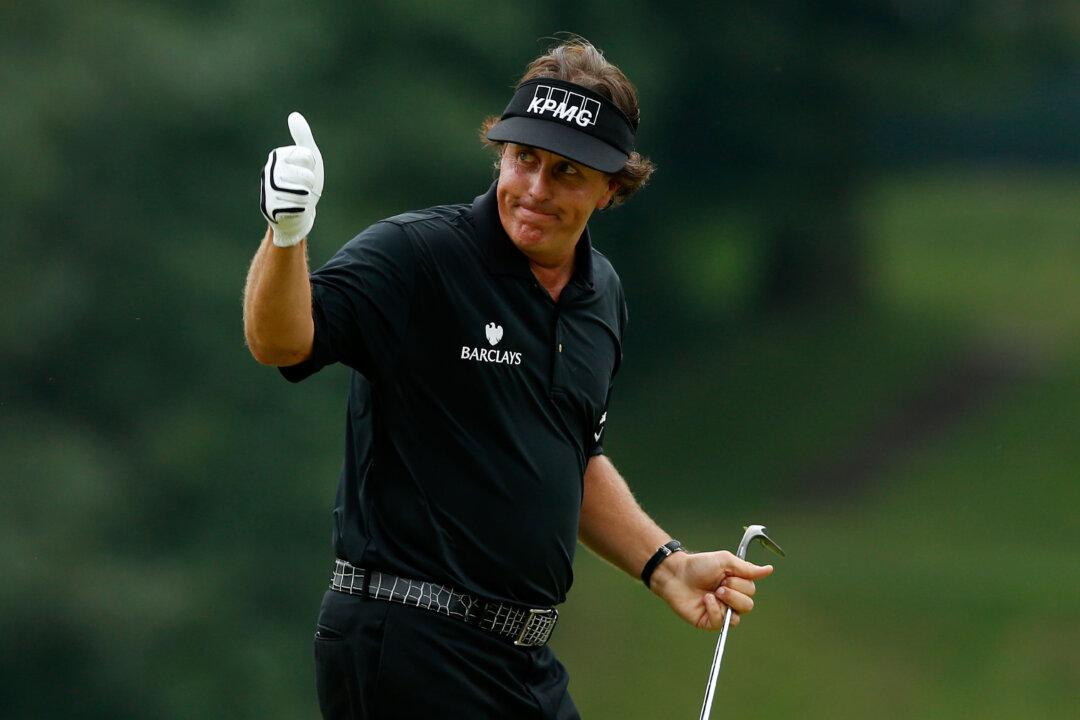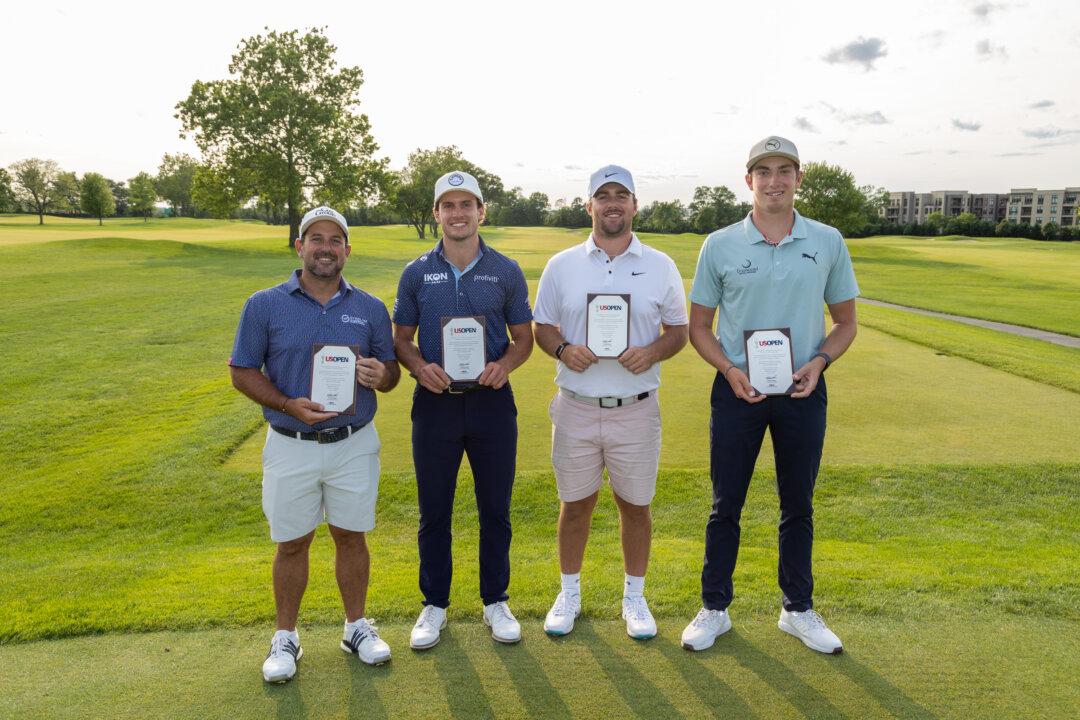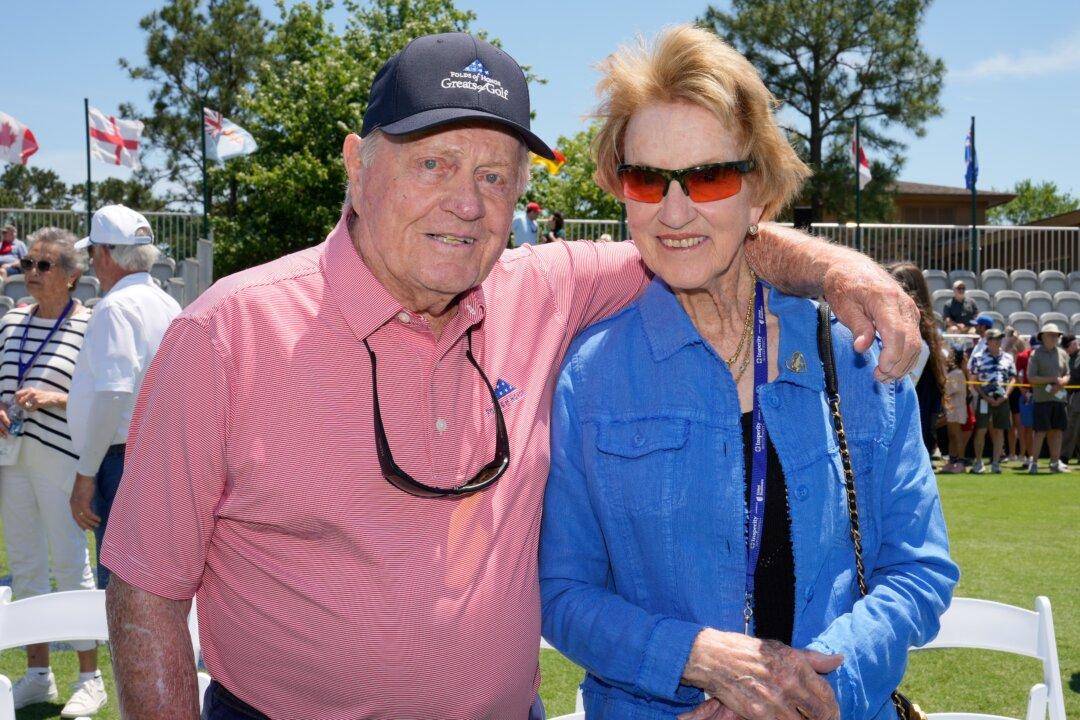CLIFTON, N.J.—Imagine having the opportunity to step up to the plate, showing whether you can hit major league pitching. Or, walking onto the court, flashing your moves in mixing it up with NBA players. In either situation, it’s more fantasy than reality.
Golf is a bit different in this regard. Each year, contestants of all types and background envision earning a spot in the field for the U.S. Men’s Open—the national championship of American golf. Teeing it up with Tiger Woods, Phil Mickelson, or Rory McIlroy is certainly a possibility.
The key word is “open.” Since its earliest days, the U.S. Open has been an event in which anyone who plunks down the entry fee and sports a handicap now of 1.4 or less can place their name into the process and envision their name among the roughly 150-plus players who will tee it up next week at Chambers Bay—just outside of Seattle. It certainly takes a good degree of gumption, but the fascination with the event rests far beyond the associated big names one has come to expect competing for the ultimate prize in golf in the USA—notwithstanding The Masters.
Open to Integration—Eventually
Since the event’s inception in 1895, there have been instances where players have emerged from all corners and from all different backgrounds. The odds are certainly long, but that has not prevented many from trying. When the first African/Native American played—John Shippen—there was talk among a number of competitors in the field they would not play if Shippen did. USGA President Theodore Havemeyer informed the renegades that the event would be played with Shippen—with or without them. Eventually Shippen would finish in a tie for sixth. No African-American would play the event again until Ted Rhodes in 1948.





